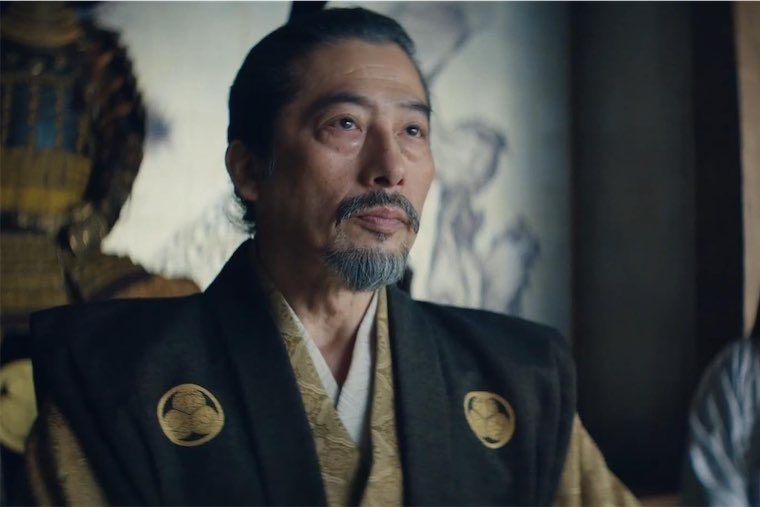
Music / “Dvořák’s Serenade”, The Australian Chamber Orchestra, directed by Richard Tognetti. At Llewellyn Hall, August 12. Reviewed by TONY MAGEE.
HOW does one begin a classical music concert?
Usually, by taking one’s seats and sitting and chatting until the orchestra makes its way on to the stage. Soon any soloists involved and the conductor arrive, to appreciative applause, and the concert begins.
Not on this occasion.
Audience members all left home with the Matildas and France still locked in a nail-biting nil-all score.
Once seated, it was obvious that most people were glued to their mobile phones, myself and my mother included.
Then someone from the front row stood up and valiantly called out “7 to 6 on a penalty shoot-out! We won!”
The packed Llewellyn Hall erupted in cheers and thunderous applause, the like of which I’ve never seen or heard before in that venue.
The cheering was deafening and the atmosphere was electric.
Some of the ACO players were seen coming out at the back of the stage jumping up and down, instruments in hand, full of elation and joy.
It was still pre-concert time.
The orchestra then arrived on stage, took their seats and conductor and first violin and leader Richard Tognetti soon followed.
Wonderful, appreciative applause ensued, but nothing like the preceding rampage.
Tognetti then announced: “I’d like to acknowledge the presence of His Excellency Jean-Pierre Thébault, ambassador of France!”
Uproarious laughter ensued from the packed house.
Tune-up followed and the ACO commenced the program with Australian composer Caroline Shaw’s “Entr’acte, for string orchestra”.
Delivering a beautifully rich and full bodied sound, the ACO continued with lustrous playing before dissolving into double pianissimo sounds of faint oblique harmonies, rubbing the strings rather than actually bowing.

Tognetti, who plays the “Carrodus” violin made by Guarneri in 1743, then commenced playing a beautiful solo passage, accompanied by pizzicato motifs from the ACO.
A lively section, almost like an American hoe-down followed. Other orchestral effects included moaning sounds, perhaps even of distress, before returning to full bodied glorious and rich harmonies from the entire orchestra.
The piece finished with a solo cello pizzicato motif from section leader Timo-Veikko Valve, who plays an Amati made in 1616.
Bartok’s “String Quartet No. 5 in B-flat major, Op. 22” followed.
Arranged for the entire ACO ensemble, numbering 17 players, by Tognetti himself, the piece was full of drama and a sense of urgency, combined with playing of intensity and fury in double forte.
Gentle passages followed, Tognetti exchanging melodic phrases with viola players.
A brilliant arrangement evoking a myriad of images in the mind of the listener, it could almost have been a film score.
Of note was the immense amount of bottom end “weight” supporting the orchestra by just three cellos and a single double bass.
Intonation was superb, as you would expect from one of the top chamber orchestras in the world today.
Lasting a total of 30 minutes, in five movements, there was plenty of musical colour, but I eventually found the repetitive nature of the piece with so many sections designed to shock the listener, plus endless high register sounds from the violins, tiresome.
After interval, the ACO commenced with “Meditation on the Old Bohemian Chorale ‘St Wenceslas’, Op. 35” by Josef Suk.
Lasting just seven minutes, the orchestra delivered serene playing of exquisite beauty. Full of colour and imagery, the listener was easily transported to the Bohemian countryside. It was sumptuous playing of sumptuous music, which ravished the ear.
Antonin Dvořák composed his “Serenade for Strings in E major, Op. 22” in 1875, premiering in Prague the following year.
Still young at just 34, Dvořák was gaining momentum and recognition as a composer of great talent and this serenade helped in catapulting him to further heights of greatness, but it has now settled back into being acclaimed as one of his greatest works.
In five movements, the ACO opened with the “moderato” with superb, lush playing, gently tempered at a relaxed tempo.
The “tempo di valse and trio” bounced along beautifully, with exquisite ensemble work.
The closing “finale, allegro vivace” delivered a vibrant opening. It was music of great happiness and joy with delightful melodies and phrases.
Who can be trusted?
In a world of spin and confusion, there’s never been a more important time to support independent journalism in Canberra.
If you trust our work online and want to enforce the power of independent voices, I invite you to make a small contribution.
Every dollar of support is invested back into our journalism to help keep citynews.com.au strong and free.
Thank you,
Ian Meikle, editor




Leave a Reply